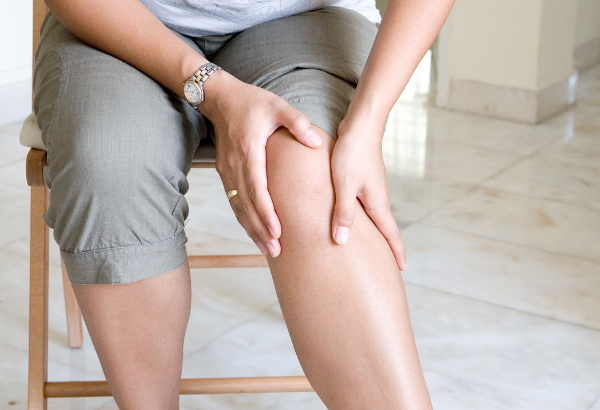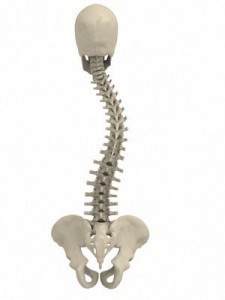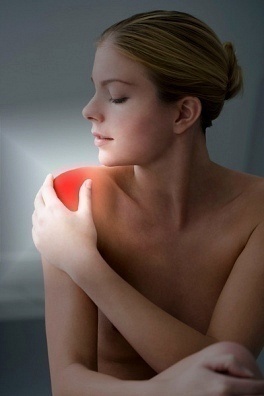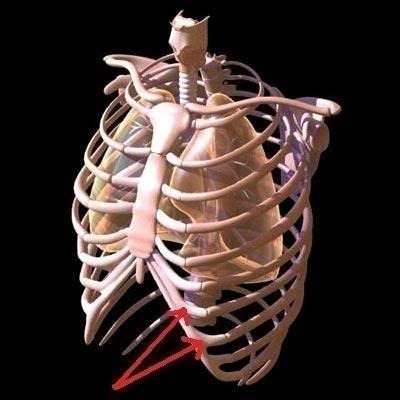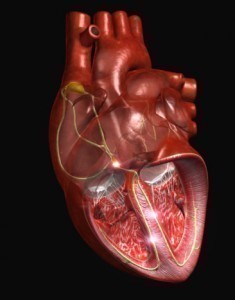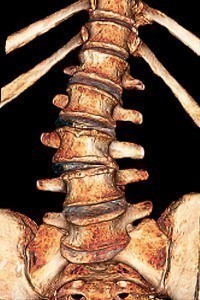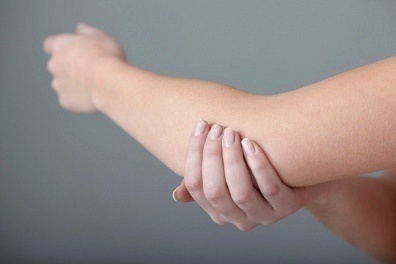Knee Pain
Knee pain is one of the most annoying conditions because it causes too much discomfort and chronic pain to the lower and upper parts, as well as to right and left parts of the knee area. It is good to know its symptoms for better understanding of what people are experiencing. Likewise, learning about its causes is also important so that patients can do certain measures to stop aggravating such medical condition. Diagnosis is also needed, mainly for determining the cause of severe pain. Meanwhile, treatments are very much available to help relieve patients from the sharp pain and tingling sensation that are usually associated with this problem.
Knee Pain Symptoms
Knee pain has numerous symptoms, which are clear indications of more serious medical conditions. For instance, the loss of flexibility, popping or creaking sounds and varying degrees of pain on the knee indicate osteoarthritis. Meanwhile, shooting pain, swelling and redness may mean that a patient has gout, which is one of the most common types of arthritis. If a patient experience difficulty walking, swelling and stabbing pain, that individual are showing signs of a dislocated kneecap. On the other hand, a patient is said to have meniscus injuries if that individual cannot extend the knee area completely, has a swelling at the front area of the knee and is suffering from dull pain.
Causes of Knee Pain
This type of pain is caused by many factors. These include patellofemoral pain, gout and hyperextended knee. Likewise, is may also be caused by different kinds of arthritis including rheumatoid arthritis, osteoarthritis and septic arthritis. Severe pain in the knee can also be caused by medical conditions such as iliotibial band syndrome and Osgood-Schlatter disease. However, the most common causes of dull pain in the knee areas are various types of injuries like bursitis, tendinitis and ligament injuries.
Knee Pain Diagnosis
The diagnosis of knee pain is important so that physicians can determine the cause of the pain as well as the appropriate medications. As part of this all-important procedure, patients need to undergo certain methods like physical examination and blood tests. Their medical histories will also be checked, and so are their clinical symptoms. Medical imaging is also part of the usual procedure, which may involve magnetic resonance imaging and x-rays.
Knee Pain Relief
Upon the onset of pain, it is best to treat it right away. When a knee is injured, the usual procedures include elevation, compression and the application of ice on the affected areas. It is also very important to rest in order to prevent repetitive strain. Add to that, patients can protect their knee from further damage by wearing protection like braces, crutches and compression wraps. To relieve pain, it is good to take non-steroidal anti-inflammatory drugs like naproxen, aspirin and ibuprofen.
